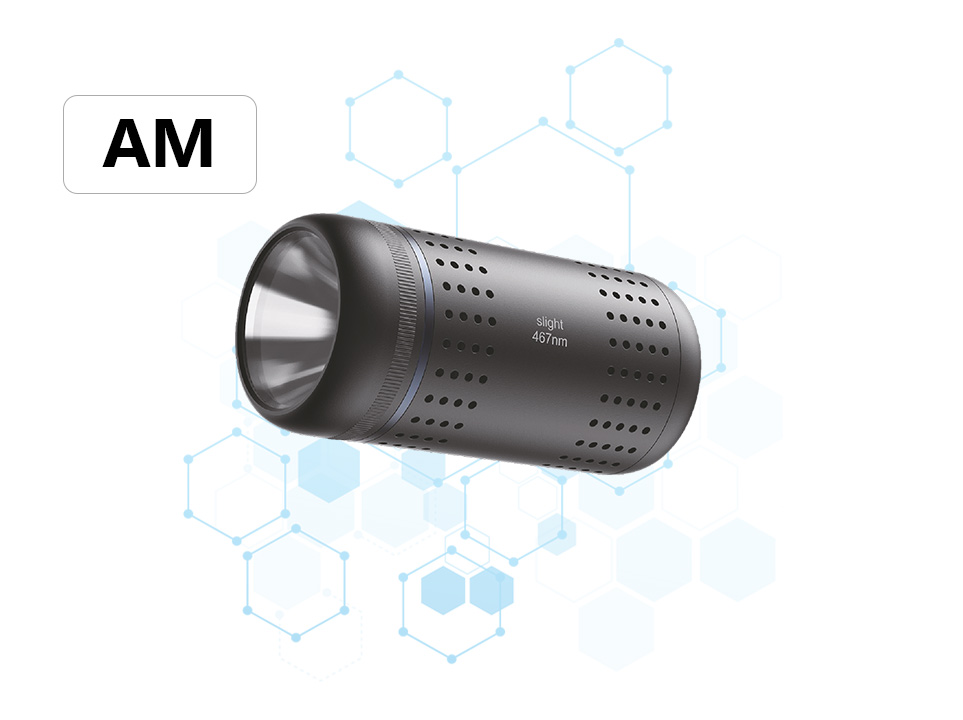The difference between open light source and parallel light reactor in light reaction
Abstract
Light reactions, as a crucial component of photosynthesis, involve complex processes such as light absorption, electron transfer, and ATP synthesis. In experimental setups for studying light reactions, the choice of light source configuration—specifically, open light source versus parallel light reactor—significantly impacts the efficiency and reproducibility of the reactions. This paper aims to elucidate the fundamental differences between these two configurations and their implications for light reaction studies.
Introduction
Light reactions occur within the thylakoid membranes of chloroplasts, where light energy is harnessed and converted into chemical energy in the form of ATP and NADPH. To study these reactions in a controlled environment, researchers employ various light source configurations. Among them, open light sources and parallel light reactors are two commonly used setups. Understanding their differences is pivotal for optimizing experimental conditions and ensuring accurate results.
Open Light Source
Characteristics
An open light source typically involves positioning a light-emitting device, such as an LED lamp or a Kessil light, at a certain distance from the reaction system. This configuration allows for a relatively straightforward setup and ease of access to the reaction mixture.
Advantages
Simplicity: The setup is straightforward and requires minimal equipment.
Accessibility: The reaction mixture is easily accessible for manipulation or sampling.
Disadvantages
Irradiance Variability: The intensity of light received by the reaction mixture can vary significantly due to variations in distance and angle between the light source and the reaction system.
Poor Reproducibility: The inconsistency in light intensity can lead to poor reproducibility of experimental results.
Thermal Interference: Increasing the power of the LED lamp to enhance photon flux often necessitates additional cooling systems, complicating the setup and increasing energy consumption.
Parallel Light Reactor
Characteristics
A parallel light reactor is a more sophisticated setup designed to address the limitations of open light sources. It features an array of light sources arranged in parallel, often with reflective surfaces to enhance light intensity and uniformity. The reaction mixture is typically contained within a series of parallel cells or chambers, ensuring consistent exposure to light.
Advantages
Uniform Irradiance: The parallel configuration ensures a more uniform distribution of light intensity across the reaction mixture, minimizing variations due to distance and angle.
Enhanced Efficiency: Reflective surfaces and optimized light paths maximize photon utilization, leading to higher reaction rates and yields.
Reproducibility: The consistent light exposure and controlled environment contribute to more reproducible experimental results.
Modular Design: Many parallel light reactors feature modular designs, allowing for easy adaptation and scaling of experiments.
Example Application
A recent study by Jiang et al. (2022) demonstrated the development of a high-photon-efficiency parallel photoreactor for light-catalyzed reactions. This reactor utilized high-reflectance aluminum chambers and achieved significantly higher light power densities compared to conventional setups. The reactor was validated through various photocatalytic reactions, showcasing its efficiency and reproducibility.
Comparison and Discussion
Light Utilization
Open light sources often suffer from inefficiencies due to light scattering and absorption within the reaction system. In contrast, parallel light reactors minimize these losses through the use of reflective surfaces and optimized chamber designs, ensuring that a higher proportion of emitted photons reach the reaction mixture.
Reproducibility
The variability in light intensity associated with open light sources is a significant source of experimental error. Parallel light reactors, with their uniform light distribution and controlled environments, provide more consistent results, enhancing the reliability of data obtained from light reaction studies.
Scalability and Adaptability
The modular design of parallel light reactors allows for easy scaling and adaptation to different experimental needs. This flexibility is particularly advantageous in research settings where a variety of reaction conditions and scales are frequently explored.
Conclusion
In conclusion, the choice between an open light source and a parallel light reactor for light reaction studies depends on the specific requirements of the experiment. While open light sources offer simplicity and ease of access, their limitations in terms of light utilization, reproducibility, and scalability make them less suitable for rigorous scientific research. In contrast, parallel light reactors provide a more controlled and efficient environment, ensuring consistent and reliable results. Therefore, for studies aiming to elucidate the complex mechanisms of light reactions and develop novel photocatalytic systems, parallel light reactors represent the preferred choice.





